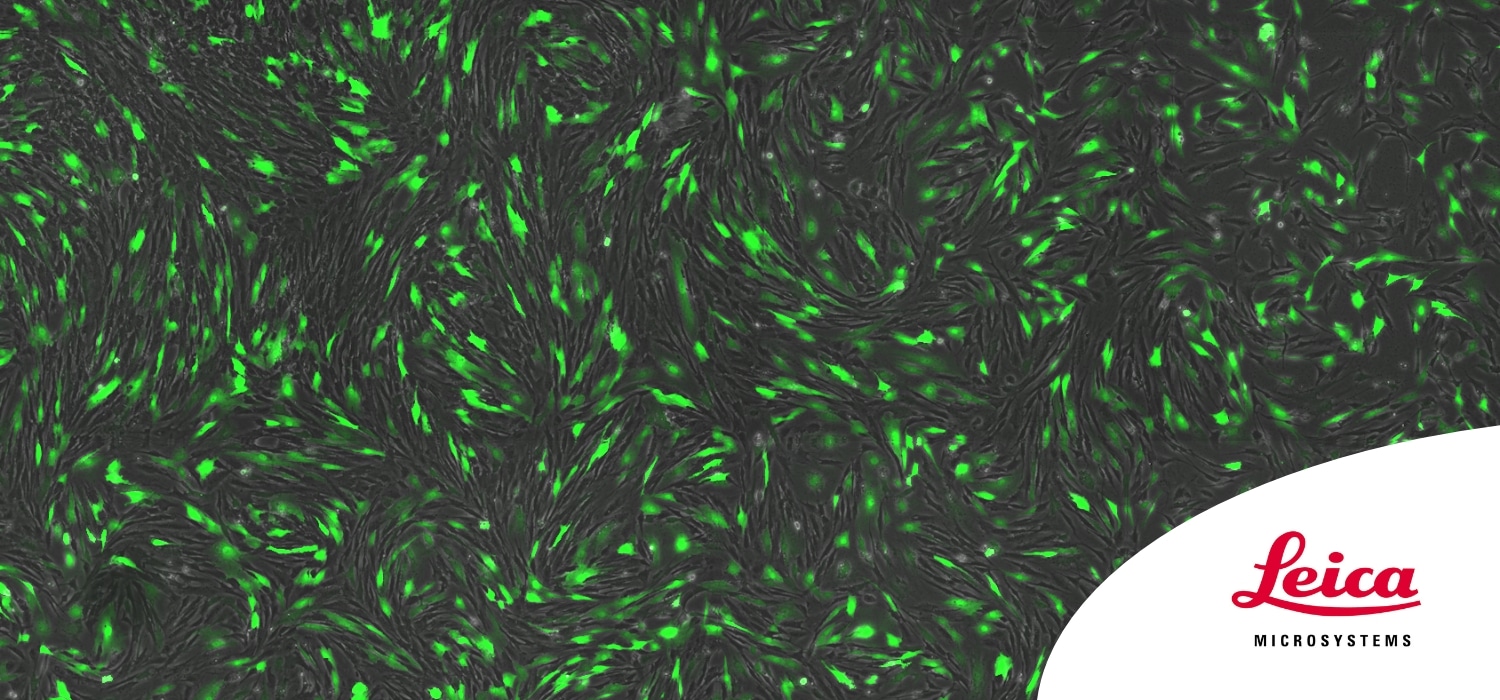Designing the Future: Novel, Scalable Stem Cell Culture


Samuel East
Stem Cell Scientist, Uncommon Bio
Read BioSamuel East is a Stem Cell Scientist at Uncommon Bio. After graduating with a Masters in Biochemistry from The University of Oxford he now leads the Growth Media Development project at Uncommon Bio. He utilizes high-throughput 2D and 3D scale-down models to run thousands of candidate formulations in parallel, unpicking the effects and interactions of each component using Design of Experiments (DoE).
CloseUsing 3D culture imaging and AI to develop cost-effective iPSC culture media.
Uncommon Bio tackles one of the biggest health challenges of our time: food sustainability. Using proprietary technology, the company reprograms primary cells from an animal (pig) to turn them into induced pluripotent stem cells (iPSCs) and later guides those stem cells into fat and muscle tissues using RNA, in order to cultivate meat.
In this webinar, you will learn:
- An approach that achieved a 1000x reduction in media costs with Design of Experiments (DoE)
- About using 3D culture models with THUNDER Imager 3D Cell Culture and AI-based image analysis
Commercial stem cell culture medias are very expensive, with most containing components unsuitable for food production, often relying on the use of animal origin compounds such as FBS, or small molecules that would be toxic if consumed.
These challenges led Uncommon Bio to take a ground-up approach, using the statistical toolset known as Design of Experiments (DoE) to make cell culture media for cellular agriculture safe, and economically viable.
Despite having no previous experience with these technologies, Uncommon have successfully developed a variety of scaled down cell culture models, for both adherent and cluster cultures, integrating high-throughput liquid handling and image analysis workflows. These include the THUNDER Imager 3D Cell Culture system, and AI-based machine-learning workflows within Aivia software.
These technologies provide the ability to rapidly formulate and quantify thousands of parallel conditions. For media development, this enabled the identification of key interactions, and elimination of components that are redundant in the media. Through these methods, media costs were reduced by 1000x, and the team were able to develop animal free, food safe iPSC culture media.
Join us to see the impact that such high throughput imaging and AI-analysis with DoE methodologies can have, and how they can be used to untangle the complex network of interactions that underpin cellular biology.
